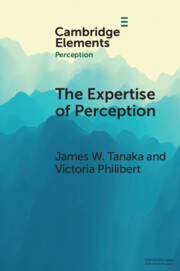Element contents
The Expertise of Perception
Published online by Cambridge University Press: 24 February 2022
Summary
Keywords
- Type
- Element
- Information
- Series: Elements in PerceptionOnline ISBN: 9781108919616Publisher: Cambridge University PressPrint publication: 24 March 2022
References
- 15
- Cited by

